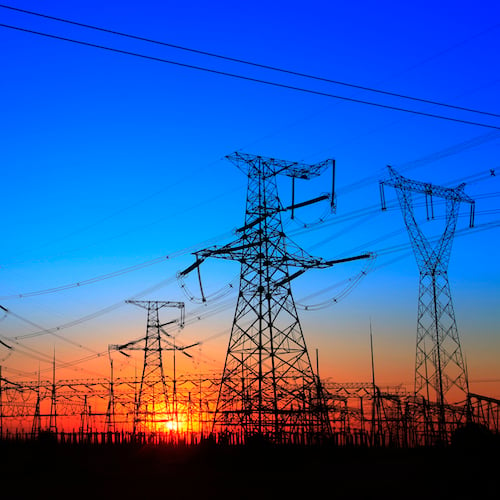Energy
BP Energy Outlook: 'Don't Be Fooled' by Recent Increases in Oil Prices

Published:
Last Updated:

Finding, developing and extracting oil and gas is both a long and expensive game. That is a large part of the reason that oil and gas companies spend time and money trying to figure out where energy markets are going.
BP PLC (NYSE: BP) on Wednesday released its 2018 Energy Outlook outlining what the company believes energy markets will be demanding in 2040. The short answer is “more” but, as always, the devil is in the details.
CEO Bob Dudley noted the competitive pressures that will be in play in energy markets over the next couple of decades:
Demand will continue to grow, with global energy consumption set to increase by around a third or so by 2040. But technological advances mean our ability to produce energy is growing ever faster – be that in unconventional oil and gas, or in renewables like wind and solar energy. Indeed, the continuing rapid growth of renewables is leading to the most diversified fuel mix ever seen. Abundant and diversified energy supplies will make for a challenging marketplace. Don’t be fooled by the recent firming in oil prices: the focus on efficiency, reliability and capital discipline is here to stay.
In one scenario that BP calls “Evolving Transition (ET),” global gross domestic product will more than double by 2040, driven by growth in emerging economies. At the same time, demand for energy will be offset by efficiency gains and will increase by only a third over the same period. Of that increase, 70% will be demand for electricity.
Global demand for liquid fuels rises by 13 million barrels a day to plateau at 109 million barrels by 2040. All the demand growth comes from emerging economies, with India replacing China as the primary source of growth. Demand in developed countries plateaus in the next decade and then gradually declines.
The U.S. share of global oil and gas production rises from around 12% today to about 18% in 2040. That’s well above the projected 13% share estimated for Saudi Arabia in the same period. U.S. natural gas production will account for 24% of global gas production in 2040, far above Russia’s projected 14%. Russia, however, will export more than twice as much natural gas as the United States.
The U.S. lead as a producer of renewable energy will decline over the period. According to BP, U.S. renewables currently account for about 24% of total global energy produced by renewables. That percentage will dip to around 15% by 2040 as China raises its portion of renewable energy to around 30% of the global total.
BP’s ET scenario indicates that renewables are set to account for about 40% of global energy supply by 2040. At an annual growth rate of 7%, renewables far outstrip growth in natural gas (1.6% per year), oil (0.5% per year) or coal (flat). By 2040, coal’s share of primary energy supply will fall to 21%, its lowest level since the Industrial Revolution.
As growth in the use of fossil fuel continues — even at a reduced pace — the amount of carbon emitted from burning these fuels also rises. In BP’s ET scenario, carbon emissions rise by about 10% by 2040, a huge improvement from growth of 55% over the past 25 years. However, even that lower rate of growth is not enough to meet the goals of the Paris climate accord.
The full Energy Outlook is available at the BP website.
Finding a qualified financial advisor doesn’t have to be hard. SmartAsset’s free tool matches you with up to 3 fiduciary financial advisors in your area in 5 minutes. Each advisor has been vetted by SmartAsset and is held to a fiduciary standard to act in your best interests. If you’re ready to be matched with local advisors that can help you achieve your financial goals, get started now.
Thank you for reading! Have some feedback for us?
Contact the 24/7 Wall St. editorial team.